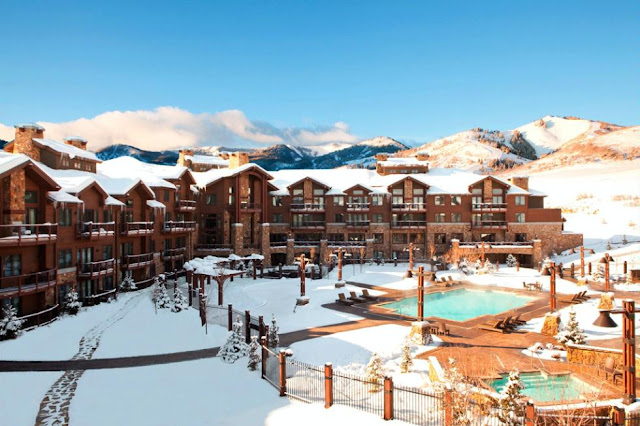The Talisker Corporation owns the iconic ski-in/ski-out Tower Club at Empire Pass.
.jpg)
Ski Resort Real Estate Development Basics
Real estate development is the process of building on un-used land. There are few industries that rely more on nature than skiing and snowboarding. Ski resorts are the product of years, even a lifetime of hard work. For skiers and snowboarders, the search for the perfect winter getaway is a perennial quest. Once a ski resort is chosen, the real estate development process can begin.What is the goal of Ski Resort Real Estate Development?
According to Jack Bistricer, the goal of ski resort real estate development is to create a profitable business that provides a source of steady income. The business model for a ski resort is distinctly different from that of a residential real estate development. Ski resorts are almost entirely dependent on winter sports for revenue. It is critical for a ski resort to maximize income from the area where the development is located. It is also critical for the ski resort to create a positive impact on the local community.Types of Ski Resort Real Estate Development
Jack Bistricer shares that there are three types of ski resort real estate development: Traditional, Green, and Social. Traditional ski resort real estate development is intended to be used as a year-round residence.Green ski resort real estate development integrates sustainable features into the design, such as solar panels, rainwater catchment, and geothermal heating and cooling.
Social ski resort real estate development is intended to provide an experience, not just a place to stay. It includes activities such as snowmobiling, cross-country skiing, and dogsledding.
How to Develop Ski Resort Real Estate
Jack Bistricer shares that there are four steps to developing ski resort real estate: Acquisition, Clearing, Site Prep, and Construction.
Acquisition - Typically this is the responsibility of the ski area owner or manager. They work with land agents and surveyors to identify suitable real estate for development.
Clearing - The soils on the site should be cleared of all vegetation and rocks removed to prepare the site for construction.
Site Prep - All building foundations, roads, and utilities should be completed before construction begins.
Construction - Once the foundation is in place, the walls and roof can be completed. The ski resort real estate development process can take between two and five years to complete.
Key Principles of Ski Resort Real Estate Development
The key principles of ski resort real estate development are as follows:
Maximize income from the area where the development is located.
Create a positive impact on the local community.
Build a diverse and balanced community.
As the owner of many ski resorts, Jack Bistricer claims that resort ownership is a long-term investment and should be considered a second career.
Conclusion
The ski resort real estate development process is complex and risky. It is important to partner with a land company with proven success in the ski resort development business. At the same time, a ski resort development company must be sensitive to the needs of the local environment. A successful project results in a profitable business and a positive impact on the local community.




No comments:
Post a Comment